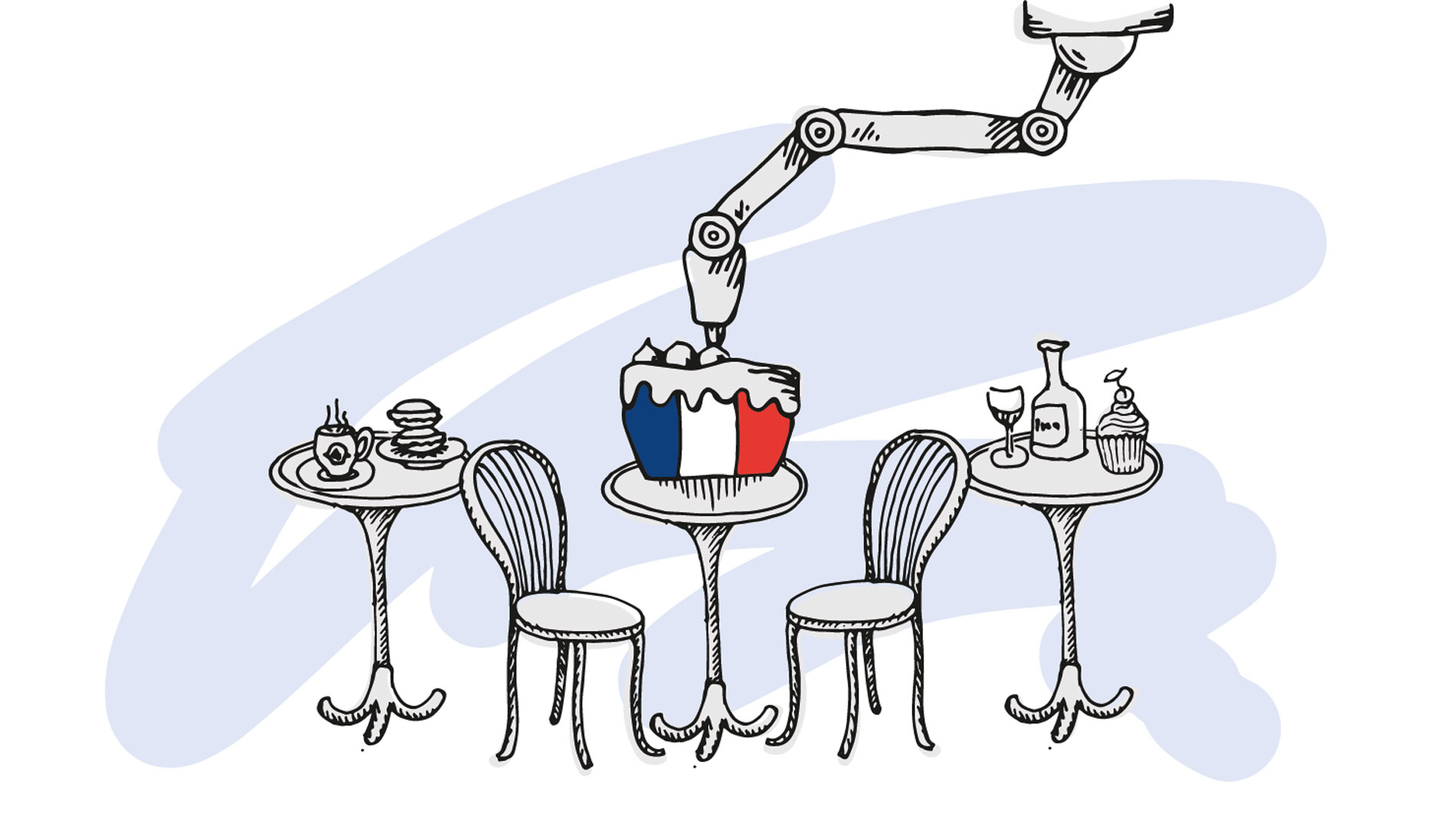Columne Outside the box / by Thomas Masuch — 8 September 2022
I recently had an interview scheduled for an early afternoon in a city in the south of France, but when the time came, my counterpart was nowhere to be found. After spending a little while waiting and writing a message, I was just about to leave when he finally appeared, evidently in no hurry despite being more than half an hour late. "Pardon, I was meeting some people for lunch. We’re in France, you know – sometimes these things run a bit long!" he said.

Based on the nonchalance with which he explained his late arrival, I could tell how much importance French people attach to a nice lunch with good company. In fact, restaurants seem to generally have a much greater significance as places where people gather to enjoy themselves than they do in, say, Germany. It’s not for nothing that we Germans use the phrase »living like God in France« to refer to time spent in the lap of luxury. In 2010, French cuisine was even recognized by UNESCO as intangible cultural heritage. This is understood to include not only elite chefs like Paul Bocuse, but also the very friendly and professional service one encounters in restaurants and bakeries across the country – which you wouldn’t call the general standard in Germany, for example.
There are plenty of differences like these that you notice when you cross our western border to France. The cars on the roads all seem to be more affordable models, for instance, and some of them appear to have more dents. An amateur sociologist might assume that the people here take the money they save on buying and maintaining their vehicles and invest it more or less directly in pleasures of the palate.
After my four-week tour of the country, there’s only one slight drawback to the French penchant for enjoying meals in social settings: In the center of larger cities like Toulouse and Lyon, the tables at restaurants aren’t much bigger than the chairs, and they’re packed in so tight that you have to be careful not to pick up your neighbor’s silverware by mistake. That said, you could think of this as a form of social interaction, as well.
French cuisine has also felt the influence of 3D printing, of course. While decentralized manufacturing hasn’t been identified as a way to solve the issue of crowded restaurants, AM methods have been leveraged for things like adding charming decorations to birthday cakes (as provided by pâtisserie numérique). This certainly hasn’t posed a real threat to haute or nouvelle cuisine thus far, and no one is seriously worried about being served boeuf bourguignon, coq au vin, or crème brûlée that was made in a 3D printer. You never know, though: Formnext is just over two months away, and it has certainly astonished us before...
Tags
- Outside the box
- Additive Manufacturing
